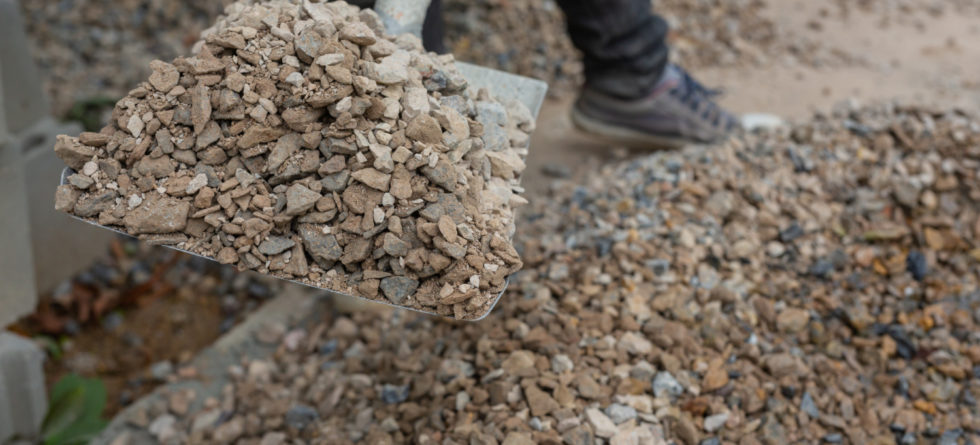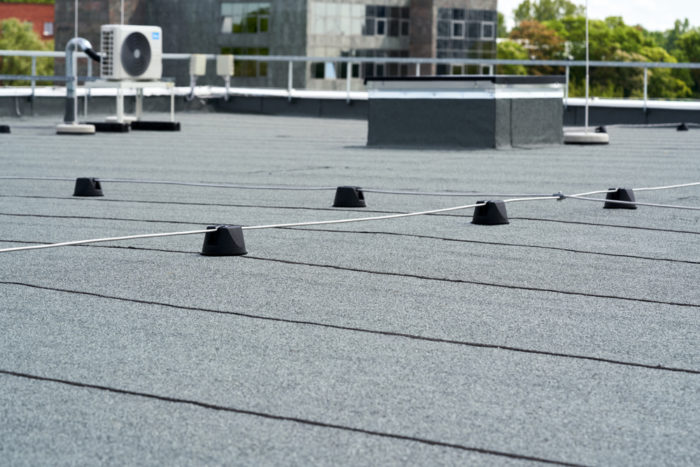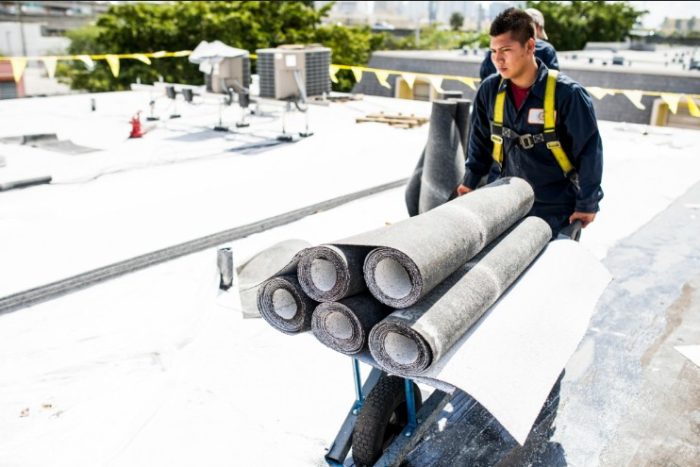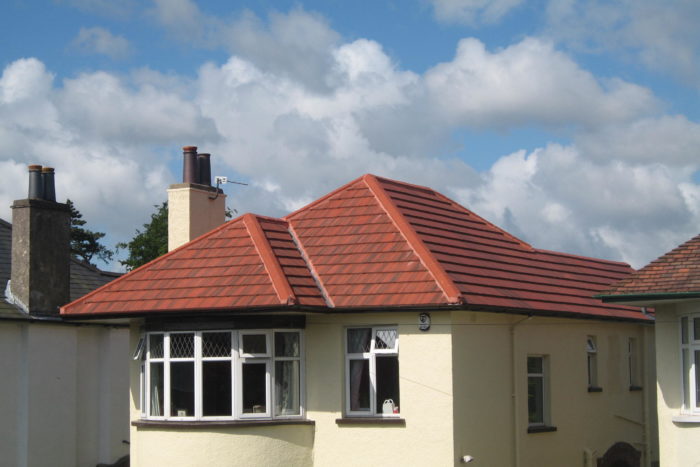Why Put Gravel On Flat Roof?

Gravel on flat roofs serves similar purposes as pebbles, including protection from UV light, aiding in water drainage, and adding weight.
Gravel is often used as a protective layer on flat roofs for several reasons…
- UV Protection: The gravel acts as a barrier, reflecting sunlight and reducing the amount of UV exposure that the roofing membrane receives.
- Weight Distribution: Gravel helps to distribute weight evenly across the surface of the roof, which can be particularly beneficial in areas prone to high winds or heavy foot traffic. By spreading the load, gravel helps to prevent concentrated pressure points that could damage the roofing membrane.
- Fire Resistance: Gravel is inherently fire-resistant, which can provide an added layer of protection for the underlying roofing materials. In the event of a fire, the gravel can help to prevent flames from spreading across the roof surface, reducing the risk of structural damage.
- Thermal Regulation: Gravel can help to regulate the temperature of the roof surface by providing thermal mass. During the day, the gravel absorbs heat from the sun, helping to keep the roof cooler. At night, the gravel releases this heat, helping to maintain more stable temperatures.
- Wind Resistance: The weight of the gravel helps to anchor the roofing membrane in place, reducing the risk of wind uplift during storms or high winds which can help to prevent damage to the roof and improve its overall durability.
- Aesthetics: Gravel can also enhance the appearance of a flat roof, providing texture and visual interest. It can be particularly well-suited for buildings with a modern or industrial design aesthetic.
Overall, gravel provides a number of practical benefits for flat roofs, including protection against UV radiation, weight distribution, fire resistance, thermal regulation, wind resistance, and aesthetic enhancement. Ensure that the gravel layer is properly installed and maintained to maximize its effectiveness and longevity.





Leave a Comment